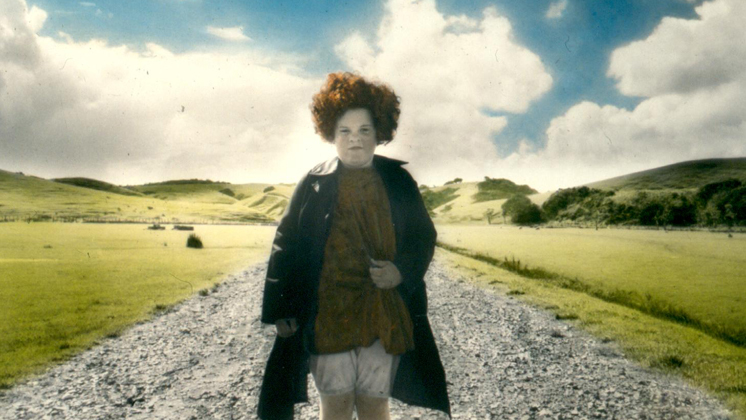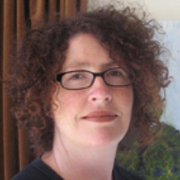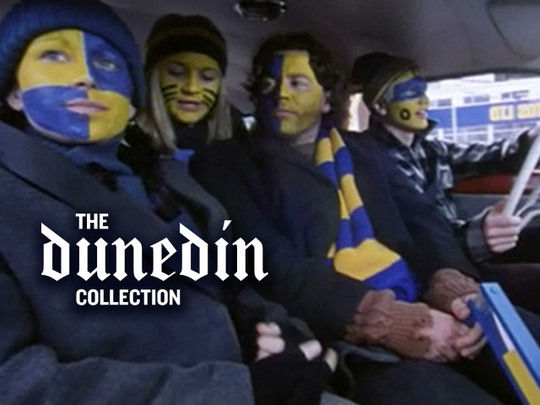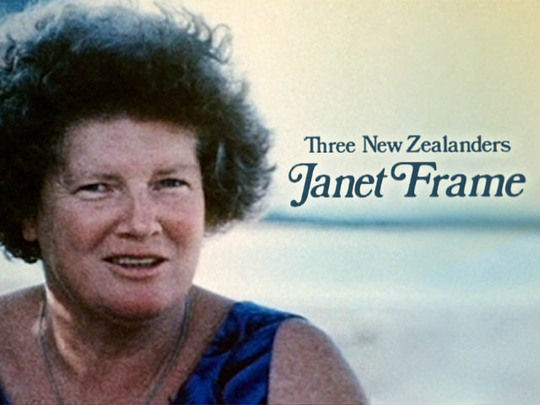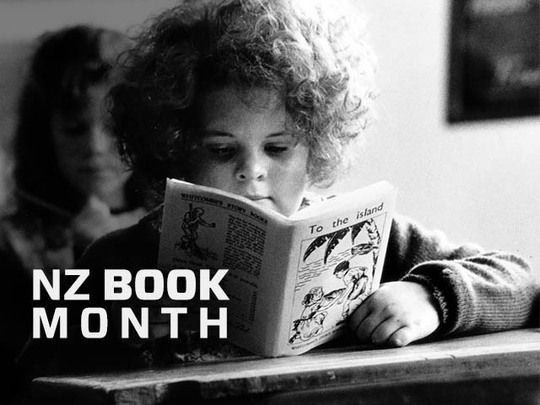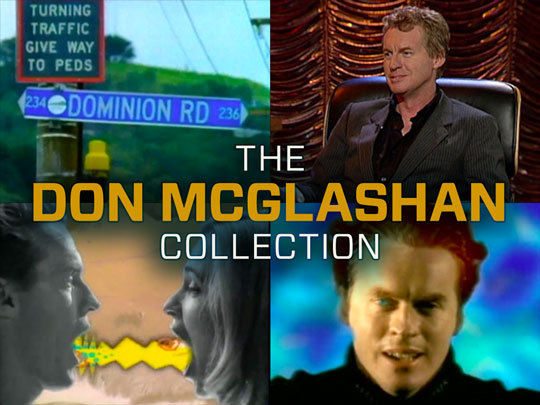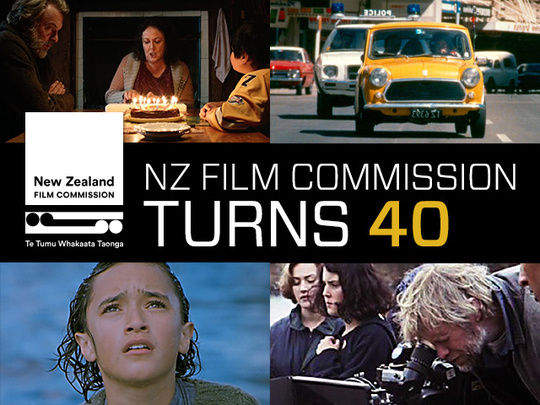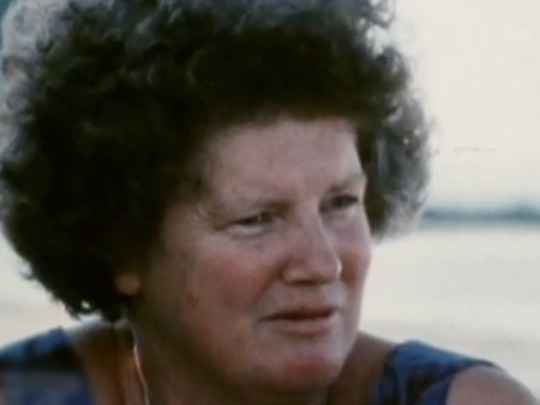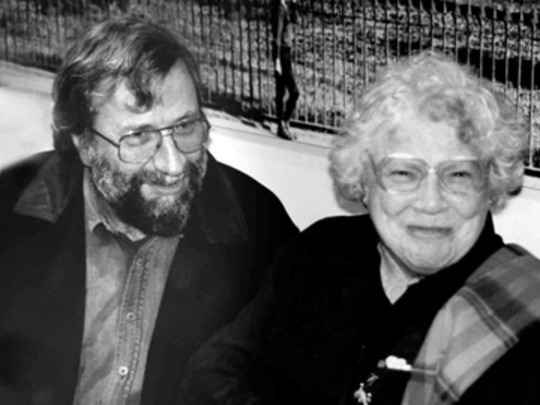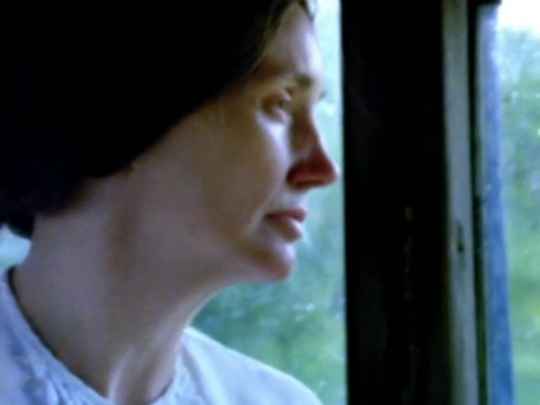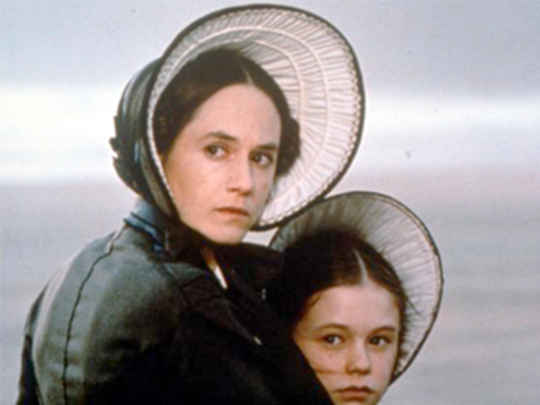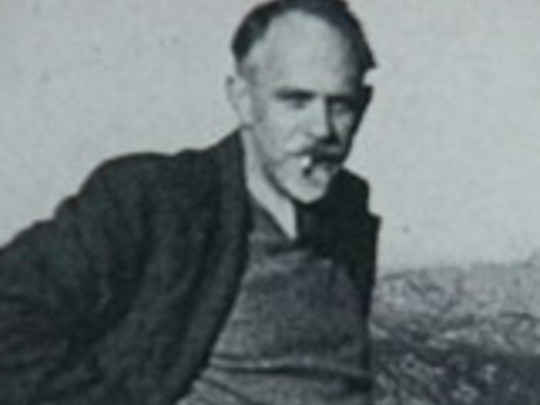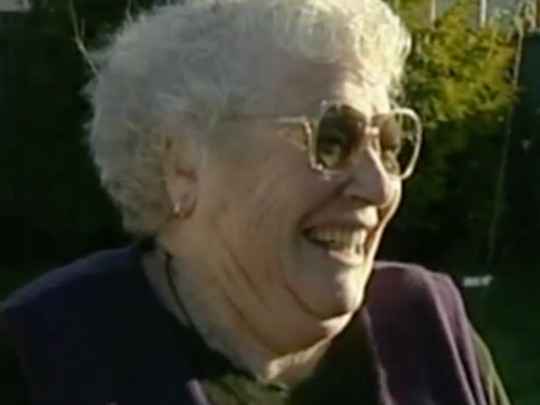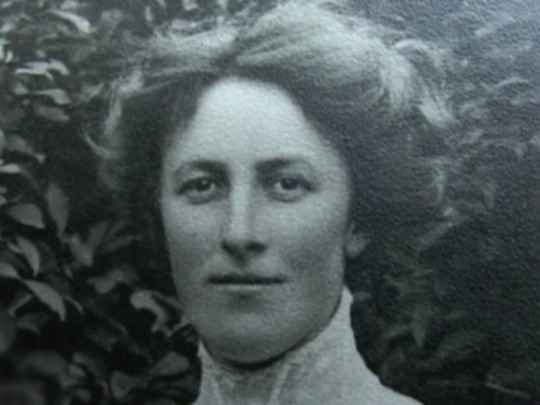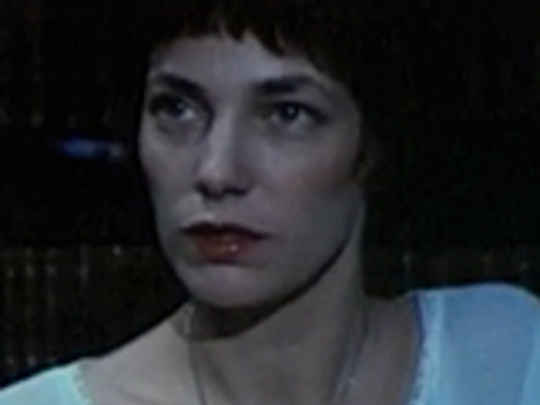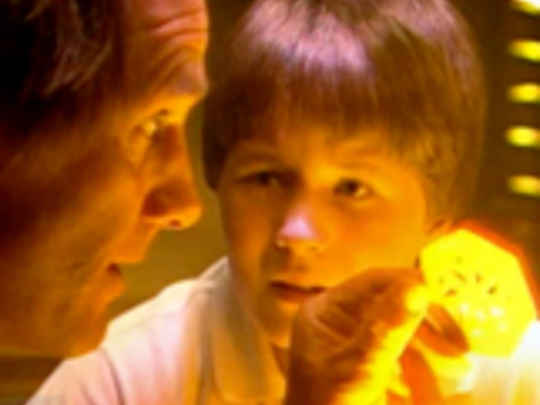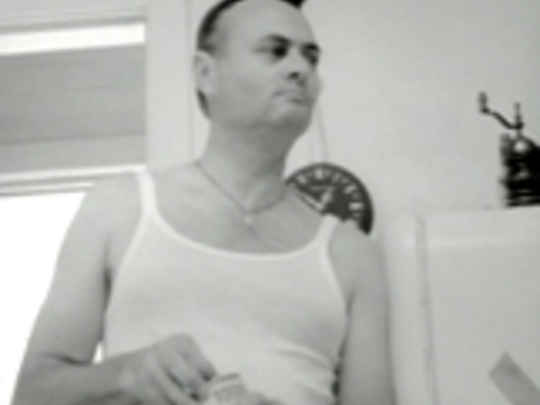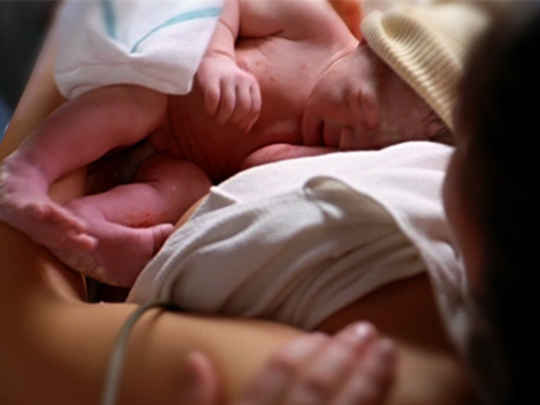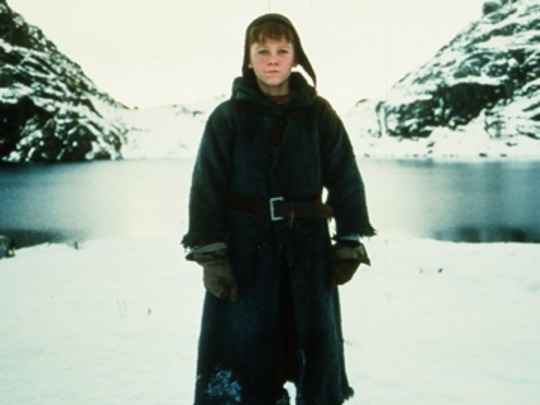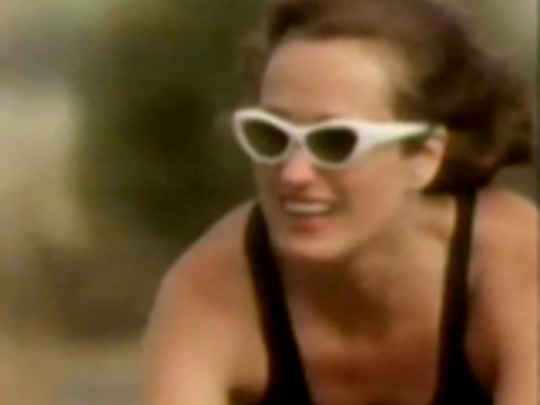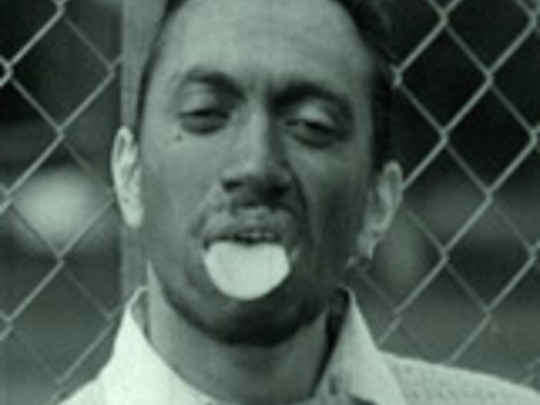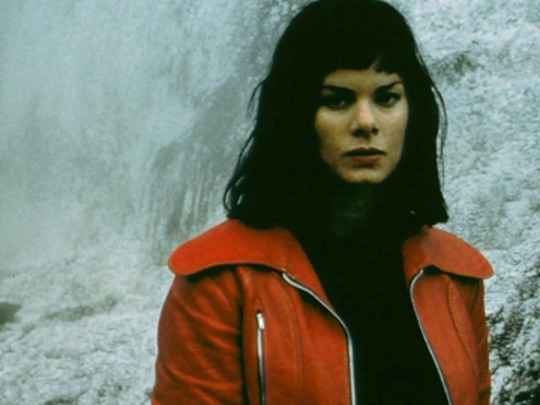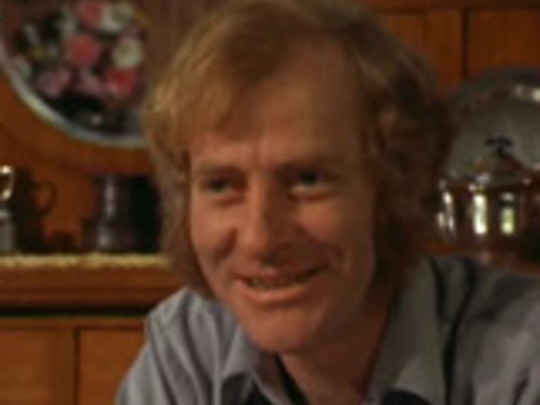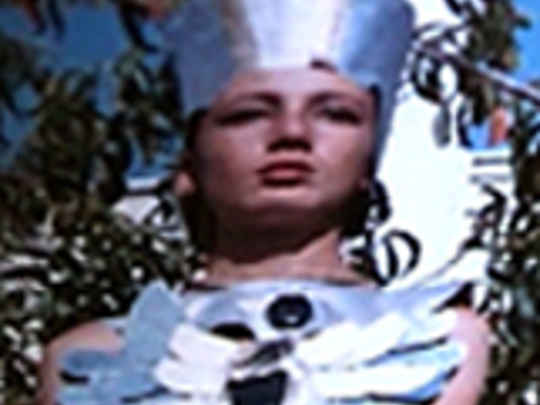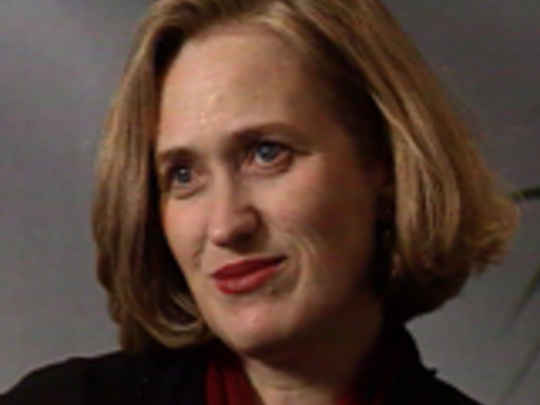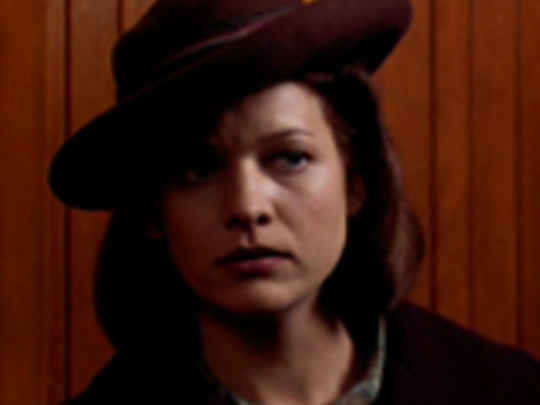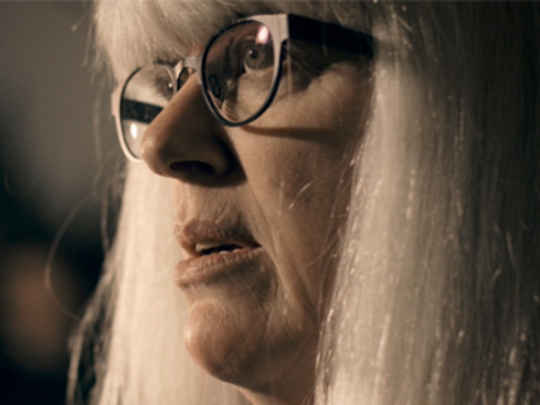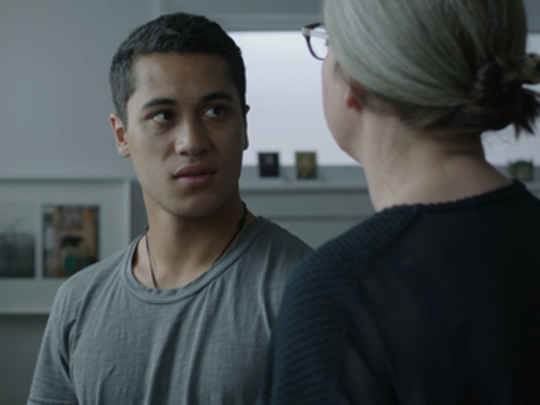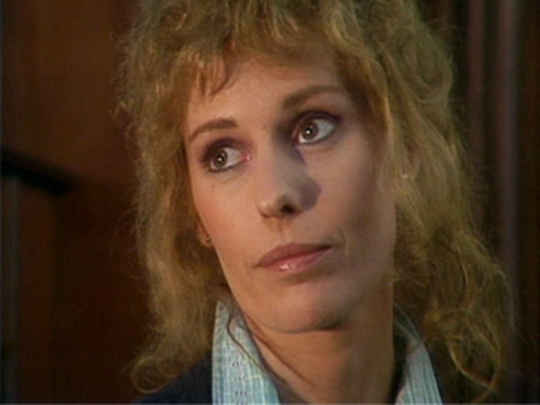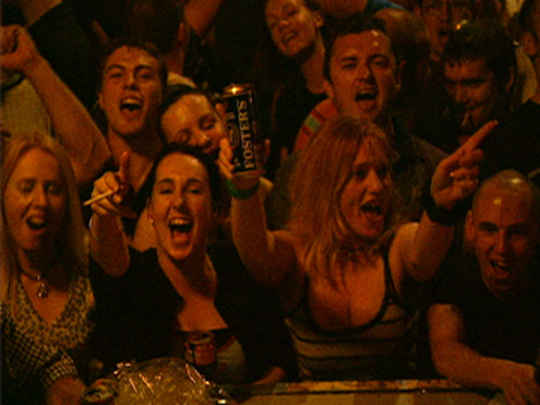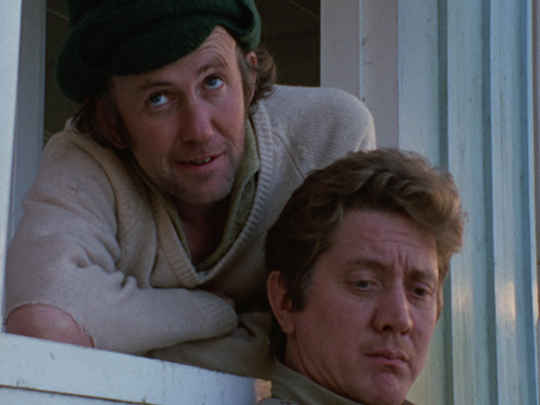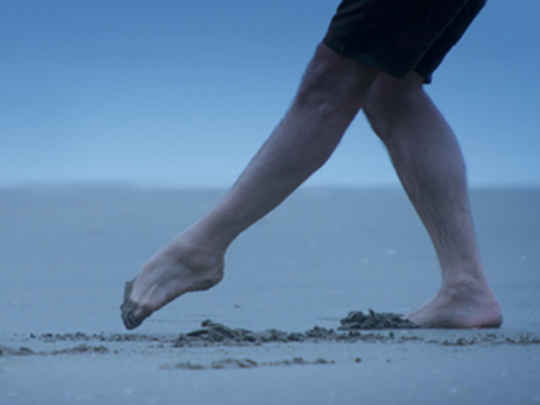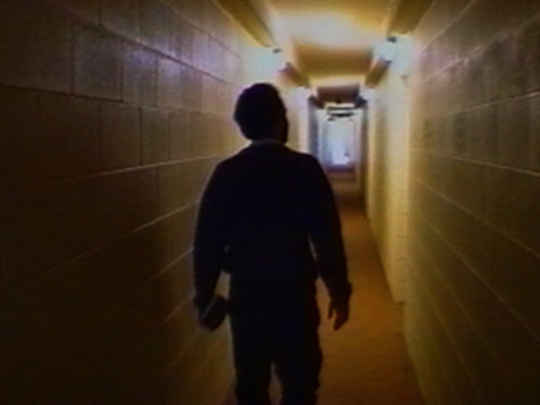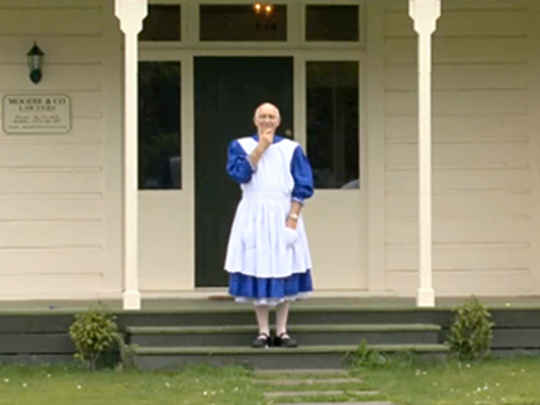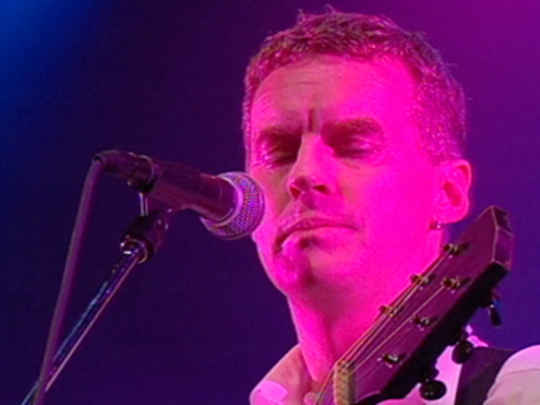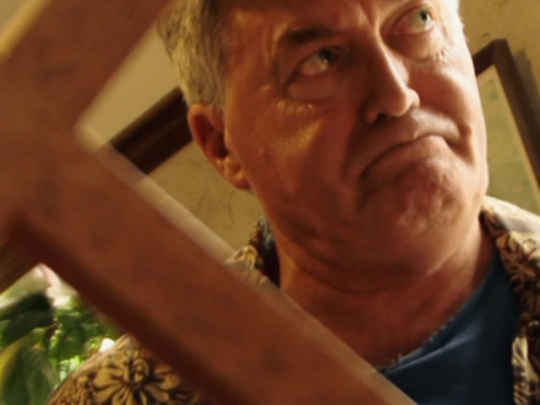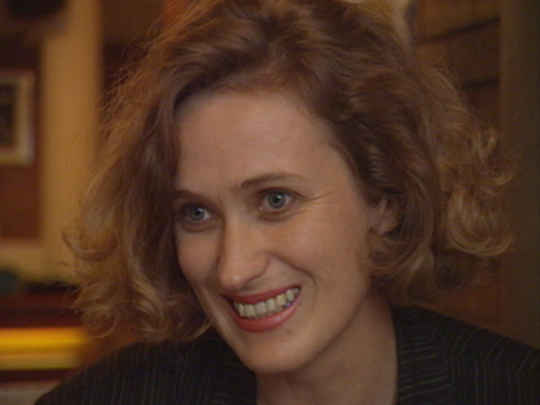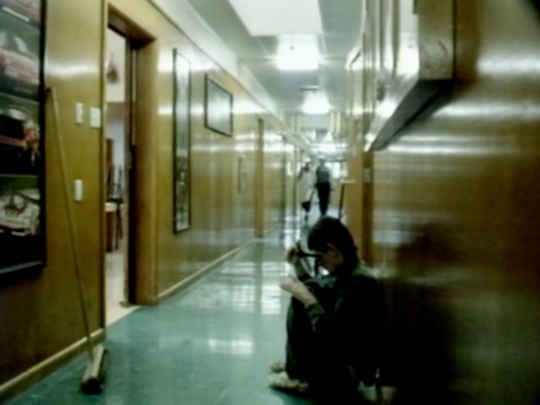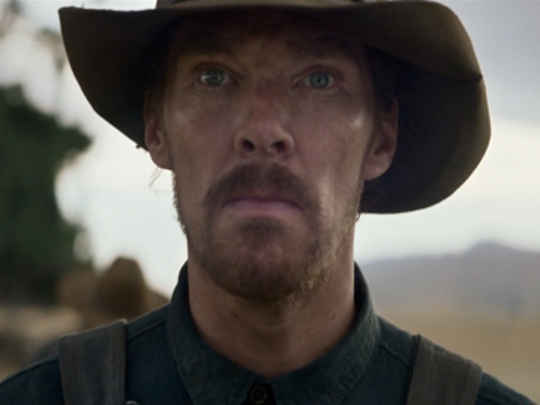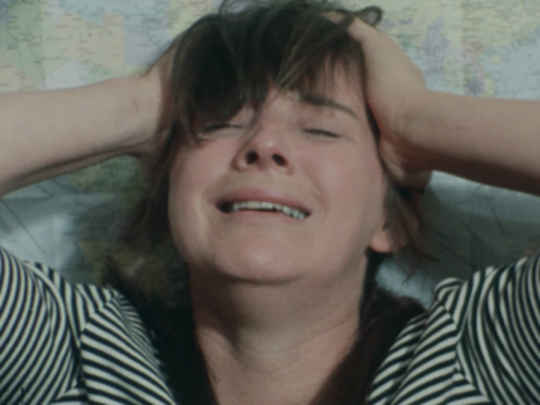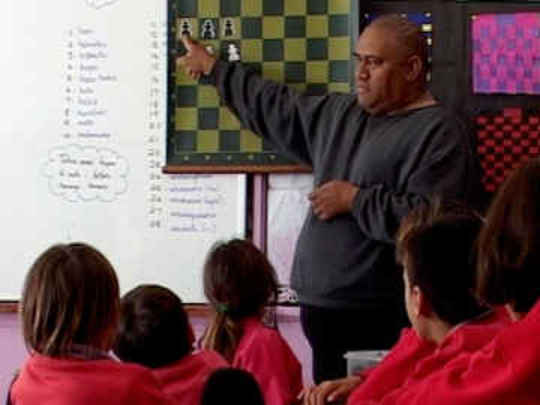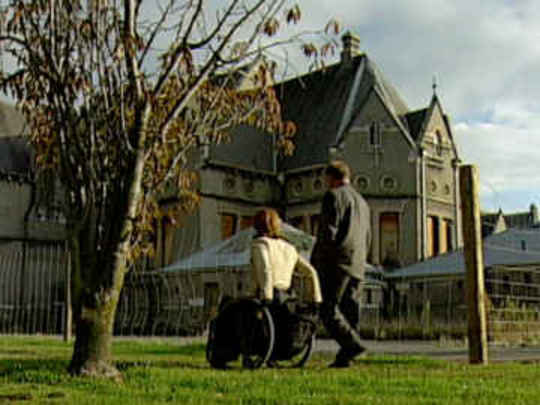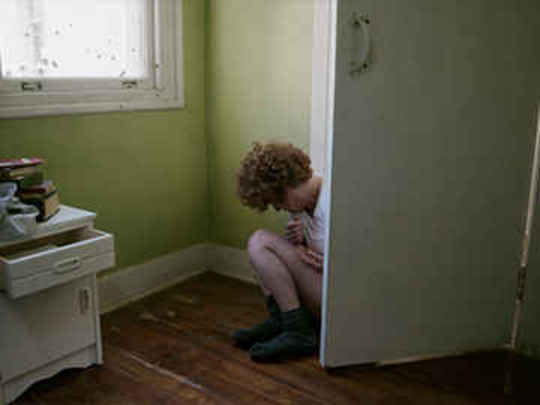An Angel at My Table
Film (Trailer and Excerpts) – 1990
Background to An Angel at My Table
An Angel at My Table (1990) saw Jane Campion direct an adaptation of the three volumes of Janet Frame's autobiography (To the Is-Land, An Angel at My Table and The Envoy from Mirror City). Adapted by Australian screenwriter Laura Jones, produced by Bridget Ikin and starring Kerry Fox, the poetic survey of Frame's early life was initially made for television, to be screened in three parts.
Given the "intensely personal" nature of the material both Campion and Ikin initially believed it as ideally suited to television, but the film attracted such strong reviews that it was released theatrically as a 158 minute film.
The film, building on her earlier success, established Campion's international reputation (later it became the first New Zealand title selected for the Criterion home video collection) and won numerous awards.
Frame's autobiographical articulation of an imaginative female mind with its wings clipped by the stultifying social conformity of 1950s New Zealand was ripe material for Campion's preoccupations:
"I try to understand the world each time I make a movie ... to really understand...what it means to be a human being in this world and I think that's basically the nature of living."
Her cinematic Frame is conceived as another of her women characters who wrestle with a narrowly prescriptive context to forge their own paths.
Jones' script follows Frame through her materially impoverished transient childhood; traumatised adolescence; troubled university years in Dunedin that led to a nervous breakdown, misdiagnosis of schizophrenia and electroshock therapy; through to her emerging confidence as a writer; travels to Europe; and back to New Zealand, tapping contentedly on a typewriter in a caravan in her sister's garden as an internationally successful author.
The film threads together key incidents from the autobiography and visualises them in memorable ways. The film's iconic shot of the young Frame (played by Alexis Keogh) walking down a deserted southern road - southern shadows cast across her, red hair lit like a light bulb - visually captures the charge of Frame's writing: "electricity, the peril the wind sings to in the wires on a gray day".
The photography was directed by Stuart Dryburgh (with Allen Guilford handling 2nd Unit) and the resulting imagery is startlingly accomplished, an achievement more notable given the film's original intentions as a television drama.
Campion has talked about how demanding it was for the art department to find the locations, but the consideration was worth it. The scenes of Frame returning to her parents' house, climbing through wire fences into paddocks, silhouetted against the green grass and the blue sky make for an emotive landscape.
In Part One the Frame girls lying around their parents house, look straight out of a Velezquez painting. And later in Part Three, the images of London (grey, cold), Spain (bright, stark) and Frame's love affair there, are vivid and memorable. Dryburgh remarked:
"The different parts of the story had their own quality about them. [...] We both [Campion and I] agreed that colour is mood, so that the second episode, where she's [Frame's] incarcerated in hospital, the low point of her life, we played right down into cool colours [from the warmth of the first part]."
Set and costume details are also especially poignant. Underwear, for example, is one of the uncredited stars of the film. The characters are seen throughout in various normal states of undress, and the underwear is so authentic and evocative, it captures the viscerality, and translates to screen the importance of detail, in Frame's writing.
Though of course the biographical details are Frame's, Campion also talked about this project as a way to reconnect with her personal experience: "[Frame's autobiography] awakened my own memories of my childhood; her book really seemed to me to be an essay on childhood in New Zealand."
"When I read it [Owls Do Cry] at 14, the same age as Daphne is in the novel - Daphne of "the Dead Room" - her dark, eloquent song captured my heart: 'The day is early with birds beginning and the wren in a cloud piping like the child in the poem, drop thy pipe, thy happy pipe. And the place grows bean flower, pea-green lush of grass, swarm of insects dizzily hitting the high spots.'
Frame gave Daphne this inner world of gorgeously imagined riches, but also affirmed it in me, and in countless other sensitive teenage girls: we had been given a voice - poetic, powerful and fated."
An Angel at My Table scooped many of the New Zealand Film & Television Awards in 1990 including Best director, Best film (Bridget Ikin), Best cinematography (Stuart Dryburgh), Best screenplay (Laura Jones), Best female performance (Kerry Fox), and Best performance in a supporting role (Martyn Sanderson).
An Angel at My Table won the FIPRESCI International Critics' Award at the Toronto Film Festival and at the Venice Film Festival 1990, it was awarded the Grand Special Jury Prize and the OCIC Award. It was the first New Zealand film to screen at the prestigious festival. Kerry Fox was awarded Best Actress at the Valladolid International Film Festival for her portrayal of the adult Frame. An Angel at My Table won cinema release in 35 countries.
Following on from the publication of the autobiography, the film's success saw Frame's readership swell in New Zealand and re-interested an international audience in her work.
